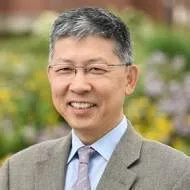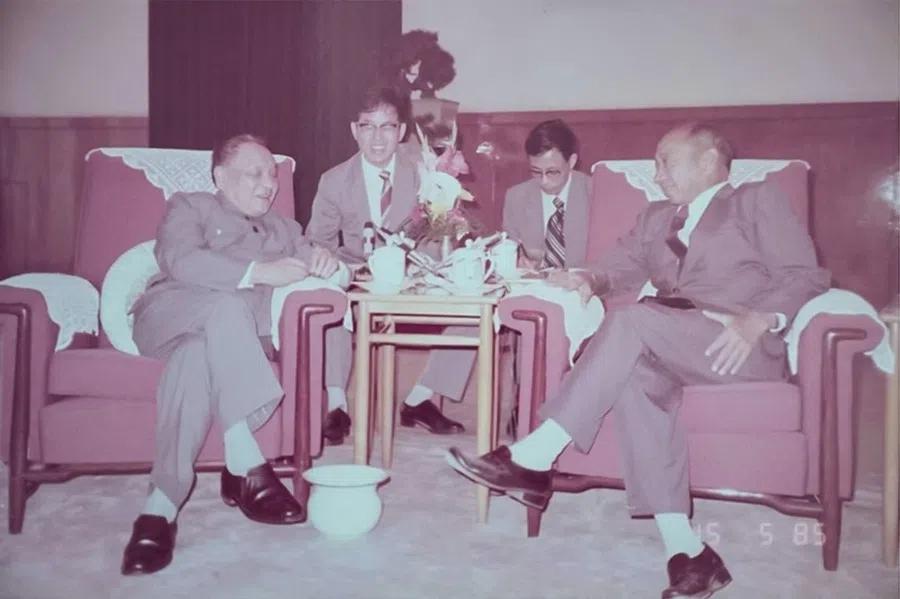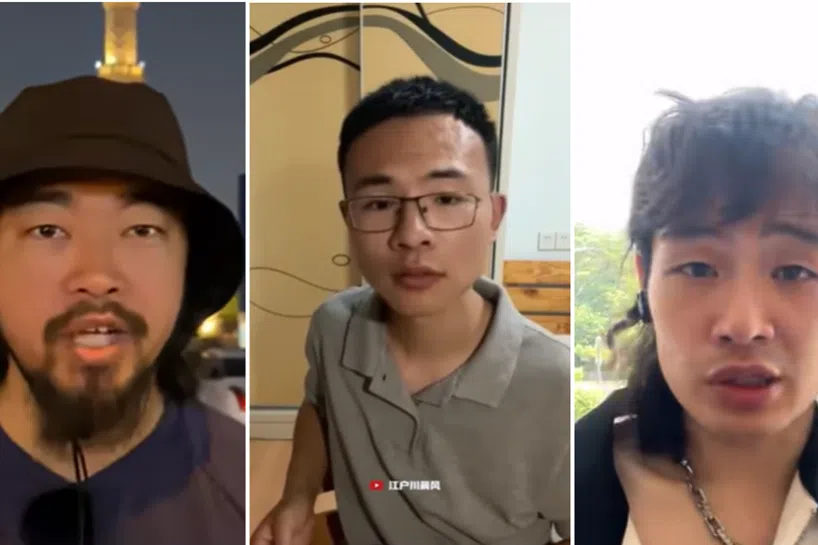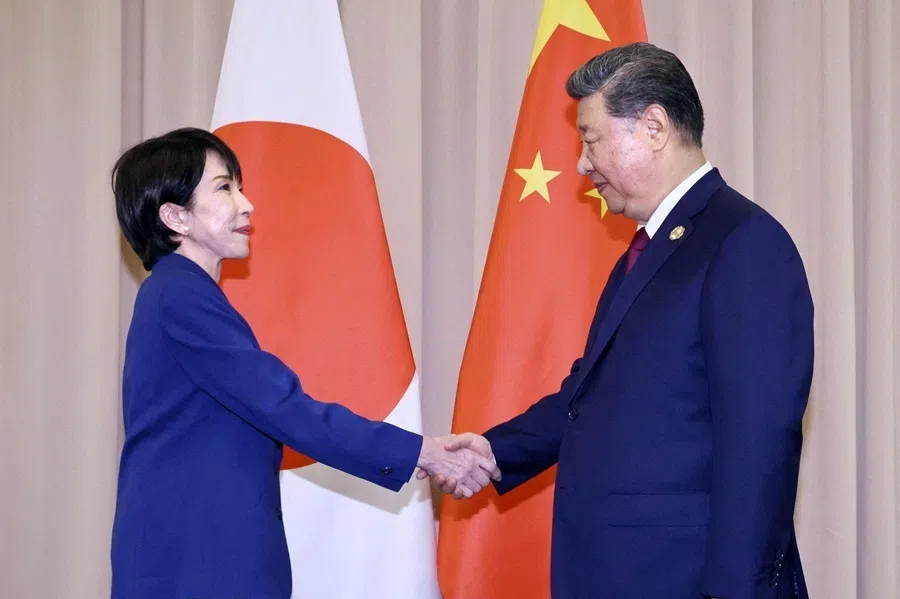Ma Ying-jeou offered an alternative vision for Taiwan's future
Former Taiwan President Ma Ying-jeou's visit to China showed the potential of a peaceful, non-confrontational path to better cross-strait relations. Amid a changed political culture in Taiwan, however, his approach may not enjoy widespread support at the moment. The Taiwanese public will have to decide which vision of the future serves their best interest.
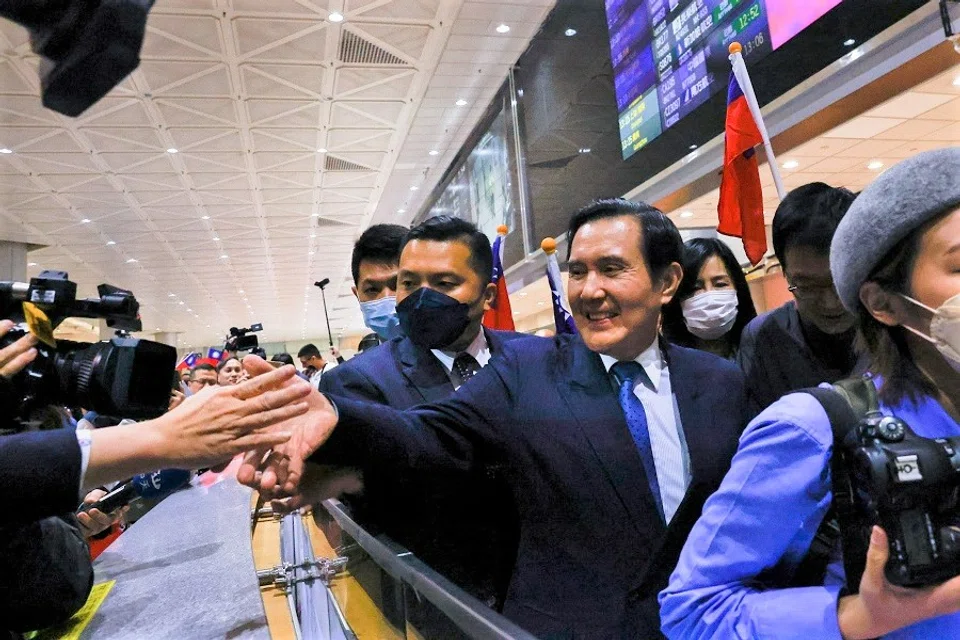
Ma Ying-jeou, who was president of the Republic of China (ROC) on Taiwan from 2008 to 2016, became the first former or sitting ROC leader to visit the Chinese mainland after 1949.
Ma travelled to Hunan province days before the 2023 Tomb Sweeping Festival (also known as Qingming Festival) to pay respects to his grandfather and other ancestors. He also toured places where his parents studied and lived. In addition, Ma and his delegation, including some 30 students from Taiwan, visited historical sites associated with the ROC and Kuomintang (KMT), such as Dr Sun Yat-sen's Mausoleum and Nanjing Massacre Memorial Hall in Nanjing and World War II sites in Changsha, Chongqing and Shanghai.
Ma's visit is significant, especially at a time when both cross-Taiwan Strait relations and US-China relations are at their lowest points in decades.
'One family' across the Taiwan Strait
First of all, Ma's visit reminds people of the historical and cultural links between the two sides of the Taiwan Strait. Ma and his hosts agree that the two sides are "one family". With high tensions in the Taiwan Strait, this family tie is crucial to avoid war, and Ma's trip brings hope for peace.
The two sides were divided as a result of the unfinished Chinese civil war. After 1949 they went separate ways, but the fact that they belong to one Chinese nation has not changed, and family and cultural links cannot be cut.
Ma and Tsai offer two distinct visions for Taiwan's future. The Taiwanese public have to decide which option serves their best interest.
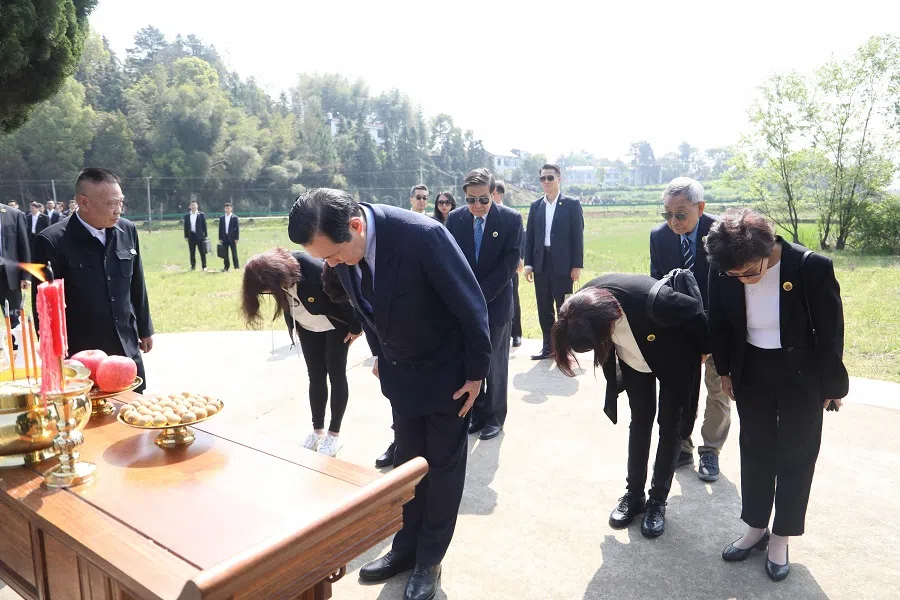
Ma's trip highlights the inseparable historical, cultural, and ethnic ties between the two sides. The Tomb Sweeping Festival and rituals are just an example of the shared culture.
The ruling Democratic Progressive Party (DPP) in Taiwan has been trying to de-sinicise Taiwanese society and instill into the minds of young people that Taiwan and China are two independent countries. As a result, only a dwindling number of people in Taiwan still consider themselves Chinese. This "cultural Taiwan independence" is most pernicious for cross-strait relations since it attempts to construct a non-Chinese or even anti-Chinese Taiwanese identity.
A deepening divide in Taiwan
Second, Ma's mainland visit and Taiwan President Tsai Ing-wen's concurrent travel to the US reflect Taiwan's deepening divide over its relations with China. Ma and Tsai offer two distinct visions for Taiwan's future. The Taiwanese public have to decide which option serves their best interest.
Tsai Ing-wen visited Guatemala and Belize, with the real purpose of making "transit stops" in the US, at about the same time when Ma was on the mainland. The symbolism and contrast of the two visits cannot be more striking.

During his mainland visit, Ma mentioned "the Republic of China" several times and called himself a former ROC president. Tsai, on the other hand, prefers to be called "President of Taiwan" on most occasions, including during travels abroad, as if Taiwan is the name of an independent country.
Guatemala's President Alejandro Giammattei called Taiwan "the one and only true China", with Tsai at his side. Ironically, this is a compliment that Tsai and her supporters are reluctant to hear since they prefer not to be associated with "China".
But for the DPP which is unable to manage cross-strait relations, strengthening relations with the US, particularly seeking US protection and purchasing US weapons, is the only pillar of its policies.
Ma's vision regarding Taiwan's position in the world has been consistent, which is also the mainstream KMT line today: pro-America, friendly to Japan, and peace with China (亲美友日和中). This is in sharp contrast to Tsai and the DPP's "anti-China, confronting China" (反中抗中) approach.
Former ROC Foreign Minister Fredrick F. Chien (钱复) famously remarked that for Taiwan, cross-strait relations are more important than its foreign relations. But for the DPP which is unable to manage cross-strait relations, strengthening relations with the US, particularly seeking US protection and purchasing US weapons, is the only pillar of its policies.

During Ma's term from 2008 to 2016, the two sides signed 23 agreements, heralding a period of cross-strait peace and cooperation. In contrast, the DPP and the Tsai administration rejected the "one China"-based "1992 Consensus" leading to the deadlock and rising tensions in the cross-strait relationship.
Third, Ma's comments on the ROC during the trip test Beijing's flexibility on "one China" and its willingness to accommodate the Taiwanese people.
Beijing's official view is that "the Republic of China" is history and has been replaced by the People's Republic of China as the only legitimate government of all of China.
... by not publicly rejecting Ma's comments, Beijing has displayed sincerity in its claim that "anything can be discussed under 'one China'".
A ROC that survived and prospered in Taiwan
However, since 1949 when Chiang Kai-shek lost in the civil war and retreated to Taiwan, the ROC government has effectively ruled Taiwan and neighbouring islands, and after its economic takeoff, Taiwan gradually democratised in the 1980s. In other words, the ROC was defeated on the mainland, but it survived and prospered in Taiwan.
Ma explained during the trip why both Taiwan and the mainland are part of one China - the Republic of China. Mainland media unsurprisingly omitted such comments in the coverage, but interestingly, Ma was able to proceed with his trip and was treated with the utmost warmth and hospitality everywhere he went. It suggests that even if Beijing is unsatisfied with such comments, it can live with them.
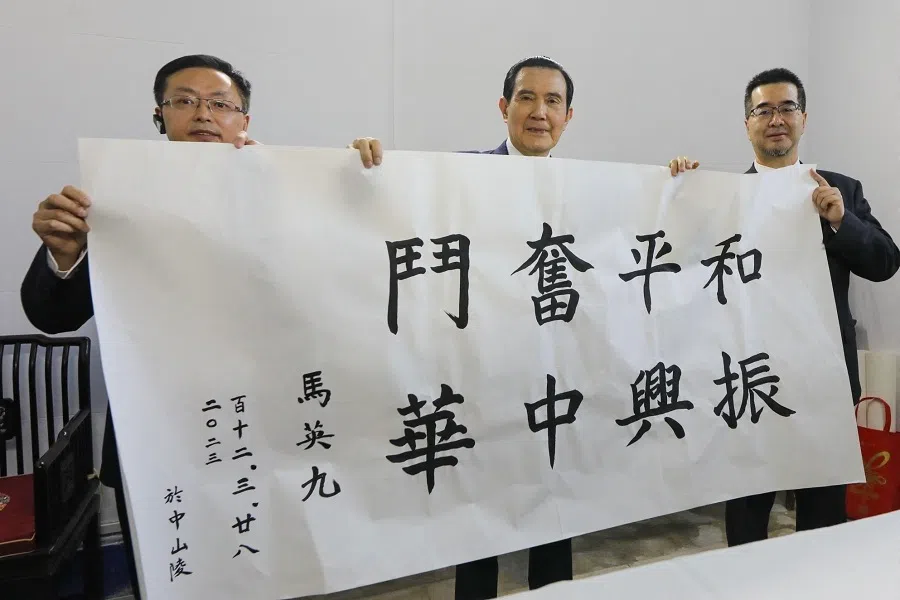
It may be premature to conclude that Beijing will accept the reality of the ROC's existence, but by not publicly rejecting Ma's comments, Beijing has displayed sincerity in its claim that "anything can be discussed under 'one China'".
Tsai is unlikely to make any breakthroughs in cross-strait relations in her remaining time in office. Her successor after the January 2024 election should grasp the opportunity for serious cross-strait political dialogue. Arming Taiwan with US weapons but rejecting political dialogue with the mainland will not make Taiwan safe.
Door to peaceful unification open
Finally, Ma's visit not only helps promote cross-strait exchanges, especially among the youth, but it also gives Beijing some confidence that the door to peaceful unification remains open.
Notably, Ma brought with him 30 students to exchange ideas with their counterparts at Wuhan, Hunan and Fudan universities. Such exchanges have profound long-term impact on cross-strait relations. Since Ma and his supporters represent a force for peace in Taiwan and some sort of peaceful unification remains possible, Beijing has no need to achieve its goal by military means, but it must be more patient to win the hearts and minds of people in Taiwan.
... Ma has cemented his legacy as a leader who can bridge the two sides of the Taiwan Strait.
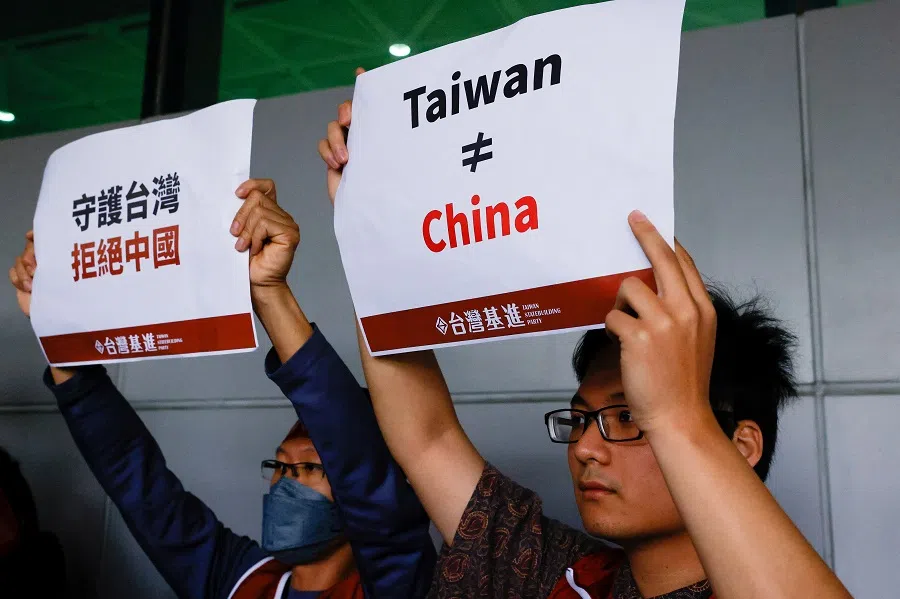
Nowadays, the US has quietly abandoned its longstanding policy of promoting cross-strait dialogue and seeking a peaceful resolution; instead, it opts for strengthening Taiwan's defence and deterring Beijing's potential use of force. However, deterrence without reassurance to Beijing will not work.
The political culture has changed in Taiwan, and Ma's view on cross-strait relations may not enjoy widespread support now, especially among voters from the pan-Green pro-independence camp. But Ma's approach is pragmatic and offers a peaceful, non-confrontational path to better cross-strait relations. With the passage of time, perhaps his vision will gain more acceptance by rational Taiwanese. It is encouraging that, as Ma cited, a poll in Taiwan before his trip suggested that 77% of respondents said they would be glad to see the trip happen (乐观其成).
Long-term peace and prosperity across the Taiwan Strait require strenuous efforts by all parties involved. With the visit, Ma has cemented his legacy as a leader who can bridge the two sides of the Taiwan Strait. Despite the many naysayers from the pro-independence camp including Tsai herself, Ma is to be commended for his effort to promote exchanges and cooperation across the Taiwan Strait and peace and stability in East Asia.
Related: Ma Ying-jeou to run for president once more? | How Ma Ying-jeou tested Beijing's flexibility towards Taiwan | All the subtleties: Former Taiwan President Ma Ying-jeou's words and actions in China | Chasing Ma Ying-jeou with the Chinese in Nanjing | The US is just as wary of Taiwan as of China
